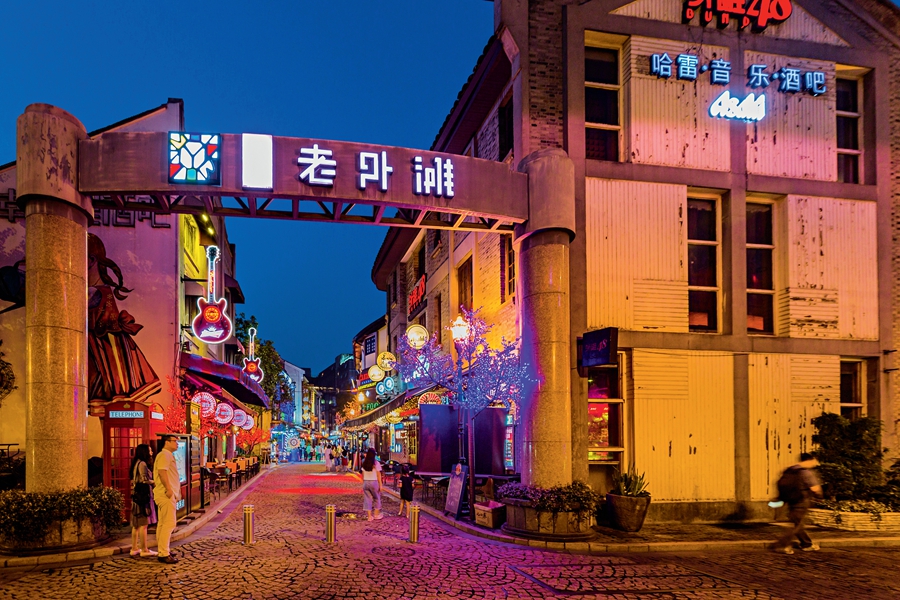Ningbo – The Harbor City
China Today,April 20, 2018 Adjust font size:
Distinctive Marine Culture
Due to traffic inconvenience in ancient times, waterways have become an important means of trade. As the southernmost city of the Grand Canal of China, one of the World Cultural Heritages, Ningbo is also the marine outfall of the canal, the junction between the canal and the Maritime Silk Road.
The Grand Canal of China is the golden waterway of South-to-North food transfer and North-to-South material transfer, which has played a significant role in the economic and cultural development and exchanges between China’s north and south. At the same time, Ningbo is also an important seaport, and maritime trade has been carried out since the third century BC and accelerated with the development of the oceans. Ningbo’s commercial trade has made great strides with the prosperity of the Grand Canal and its shipping industry. Large quantities of silk, tea, and porcelain are shipped to East Asia, Southeast Asia, West Asia, and Africa through the canal and the port of Ningbo. In the eighth century, Ningbo, Yangzhou, and Guangzhou were known as China’s three major foreign trade ports. Ningbo is not only a port city famous for its traffic and trade with other countries in the world, but also an important window for international cultural exchanges.
So far, the city still retains many distinctive marine cultural relics.
The Gulou area in Haishu District is one of the most prosperous commercial areas in the city. There is a greenbelt on its east side – Yongfengku Ruins Park, which is particularly eye-catching in contrast to the surrounding high rises. In the park, one can feel the profound history. There is a recreation of the ruins according to its original proportions, including bridges, walls, wells, and a waterway, along which citizen can ramble. One-meter underground are the buried ruins.

The Old Bund in Ningbo.
The relics used to be an ancient large-scale warehouse. After the Song, Yuan, and Ming dynasties, large ruins with a clear layout have been completely preserved. A large number of trade ceramics were unearthed here, gathering works from famous kilns in different regions of North and South China in the Song and Yuan dynasties, reflecting the historical truth of the development and prosperity of the Maritime Silk Road at the time.
Ningbo’s cultural relics also include canoes, wooden paddles, and pottery boat models unearthed in the Hemudu Site, imported articles of the Han Dynasty, ceramics for trade from Shanglinhu ancient kiln site, and coastal defense site at Zhenhai. Various ruins reflect many aspects of the entire society, covering politics and diplomacy, economic and trade, port traffic, and folk customs.
Today’s Ningbo Port is already an important part of the Shanghai international shipping hub and has opened shipping routes with more than 600 ports in more than 100 countries and regions in the world.

